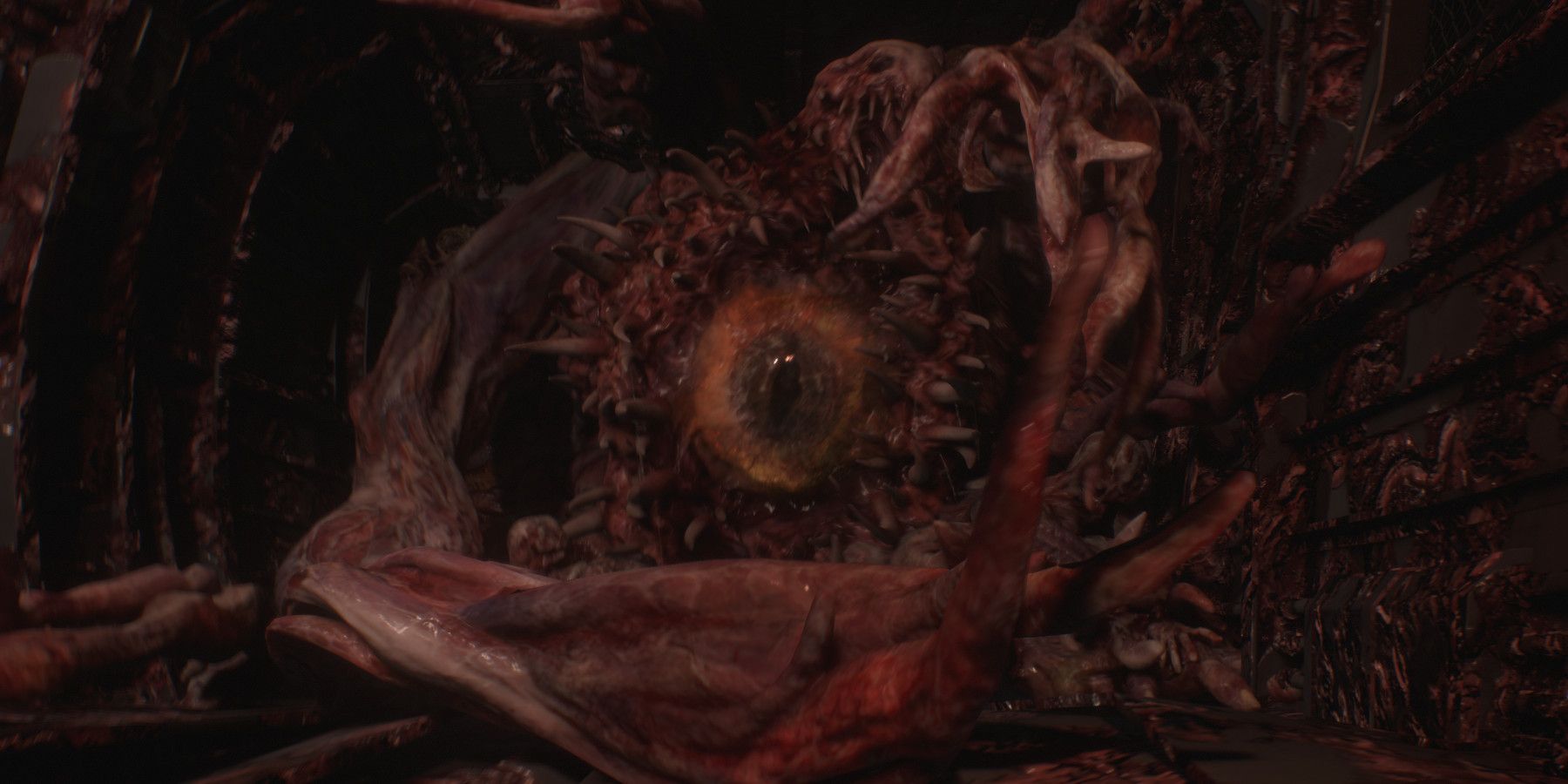Highlights
- Resident Evil 9 may aim to bring back the perfect balance of action and horror seen in earlier titles like Resident Evil 2.
- Revisiting the body horror of Resident Evil 2, particularly William Birkin’s transformation, could elevate future entries in the franchise.
- The exploration of humanity lost through mutation in Resident Evil 2 sets a terrifying blueprint for the series to follow.
Resident Evil has always walked a fine line between campy blockbuster action and proper, visceral horror. This balance is a big part of what makes the long-running franchise so endearing and iconic, and this will hopefully be recaptured in Resident Evil 9, which may step away from the relatively more self-serious characterization of Resident Evil 7 and Village. At the same time, the next RE title can ramp up its scares by reprising one key element from Resident Evil 2.
In Resident Evil 2, characters are pursued by two entities: the unstoppable Mr. X and the tragic Doctor William Burkin, an ex-Umbrella scientist who infects himself with the Golgotha virus in a last-ditch effort to save his own life. Though he probably wished to mutate into a G-Human similar to the Ganados in Resident Evil 4, complications in the mutation process caused him to become a G-Mutant—a shambling, grotesque hulk that continues to reform itself and grow over the course of the game, until the last vestiges of Birkin’s humanity have been virtually erased. This is particularly effective as a recurring bit of body horror, and something Resident Evil ought to circle back on in a future release.
Of course, body horror is a staple of all
Resident Evil
games, with
Resident Evil 7
‘s Baker family
being another prominent example. However,
Resident Evil 2
‘s specific, character-first handling of the subject is what makes it so scary.
If Resident Evil 9 Rumors Are True, Evil Within 2 May Be a Perfect Source of Inspiration
Some rumors have emerged about Resident Evil 9, and if they turn out to be true, The Evil Within 2 could be a good blueprint for the game.
Putting Body Horror Front-and-Center In Future Resident Evil Games
Resident Evil 2’s Body Horror Is a Good Blueprint
Although the mad scientist trope has been ubiquitous in horror for years, it still manages to be interesting in Resident Evil 2. Birkin’s struggle feels innately human, something that is conveyed by the progression of his mutation over the course of the story. With something like the Bakers in Resident Evil 7, players essentially only see the two sides of the coin: after they have all gone mad from the virus, and before the virus has taken hold, via flashbacks. William Birkin is a terrifying antagonist because of how brutal, observable, and seemingly painful his ongoing transformation is.
When players first encounter the G-infected Birkin, he is clearly and significantly mutated, but still recognizable as human. It even looks like the transformation could be reversible or mitigated. But with each encounter, Birkin becomes less human, morphing into a demonic-looking bipedal monster, then to a chimeric beast, and finally to a writhing mass of flesh and gnawing teeth. This slow and uncontrollable loss of humanity touches on a deep, primal fear, and it’s a big part of what makes Resident Evil 2 one of the scariest entries in the franchise.
Mutating Body Horror In Resident Evil
The focus on Birkin as a man, rather than just a monster, plays a role in making the prospect of such rabid mutation horrifying, but Birkin is far from a likable or respectable person, even before the transformations. This puts emotional distance between him and the audience, thus undermining some of the intimacy that body horror demands: if players can empathize with the person undergoing the transformation, they can more easily imagine what it would be like to be losing their humanity themselves.
Resident Evil usually keeps its protagonists safe from biohazards, as even when characters like Leon or Jill get infected, they are cured with virtually no lasting effects. Even Ethan Winters’ mold infection is fairly tame, used as more of a final twist at the end of Village than an opportunity for actual horror. Perhaps a future Resident Evil game could hone in on the visceral and unnerving horror inherent in Birkin’s ongoing transformation by applying the concept to a more sympathetic, central character, elevating stakes and tension while tapping into that primal fear of lost or altered humanity—a fear that lies at the heart of zombie media as a whole.

Resident Evil
Resident Evil is a long-running survival horror franchise developed by Capcom. Spread across numerous mainline and spin-off entries, the series is known for it’s third and first-person action horror, zombie-related monsters and references, and challenging puzzles.

